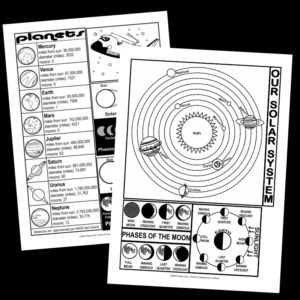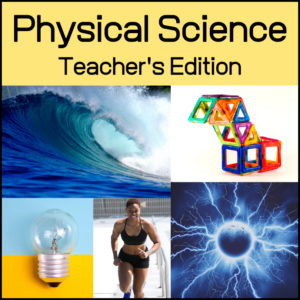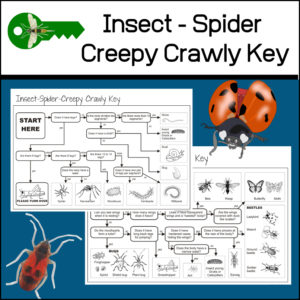Showing 41–60 of 93 resultsSorted by latest
-
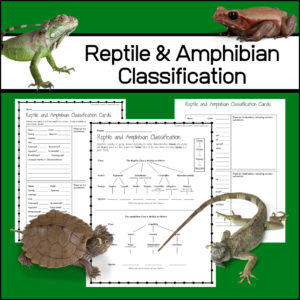 $2.25Buy Now
$2.25Buy NowThis Science / Biology resource includes 2 student exercises plus classification card templates that can be used for centers, projects and more.
-
 $2.25Buy Now
$2.25Buy NowThis Science / Biology resource offers 2 labeled posters showing the structures and organelles of an animal cell! I’ve also included a handout detailing the major function(s) of each structure/organelle. Structures and organelles include: centrosome, plasma membrane, mitochondria, vacuole, Golgi apparatus, ribosome, lysosomes, rough endoplasmic reticulum, smooth endoplasmic reticulum, nucleus, nucleolus, peroxisome, cytoplasm
-
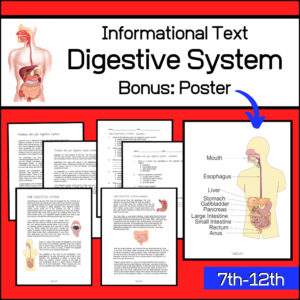 $2.50Buy Now
$2.50Buy NowThis Biology / Anatomy resource includes 2 informational text passages. The first details how the digestive system works and the second informs students of the most common health / medical issues that can occur within the system.
-
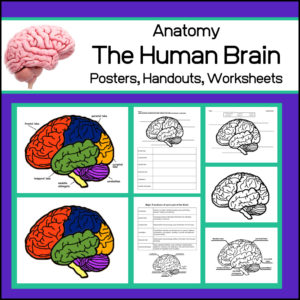 $3.00Buy Now
$3.00Buy NowThis Science / Biology / Health resource will help your students learn the different sections of the brain and the major functions of each. Sections included: frontal lobe, parietal lobe, occipital lobe, temporal lobe, cerebellum and medulla oblongata.
-
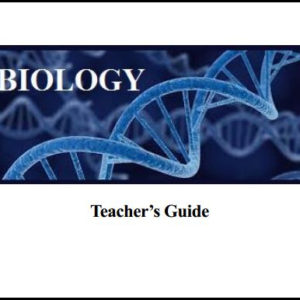 $9.99Buy Now
$9.99Buy NowTeachers edition to be used with:
Complete Biology 1 Curriculum – Student Edition for High School (separate resource) -
 $3.00Buy Now
$3.00Buy NowStep by step instructions for performing 7 electricity related experiments:
1 – Simple Circuits
2 – Build a Dry Cell Battery
3 – Potato Battery
4 – Homemade Electromagnet
5 – Energy Detective
6 – Static Electricity
7 – Conductivity -
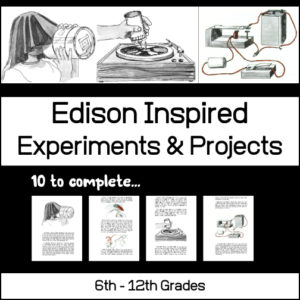 $1.00Buy Now
$1.00Buy Now10 Experiments / Projects inspired by Edison – Including: A phonograph Pick-Up, The Relay in Action, A Pinhole Camera and 7 others!
-
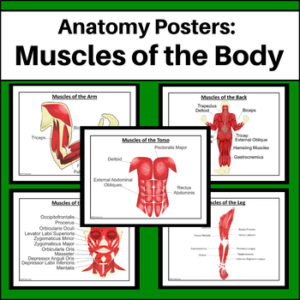 $3.00Buy Now
$3.00Buy NowPerfect for any Middle School or High School Biology / Anatomy Classroom teaching human anatomy: Anatomy Posters – Muscles of the Body. These 5 colorful posters will help students quickly identify muscles of the body (Arm, Leg, Back, Torso and Face). Great for Health classrooms as well!
-
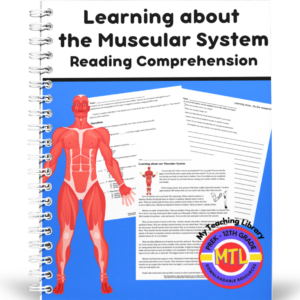 $2.00Buy Now
$2.00Buy NowStudents will read about the muscular system and learn facts such as how many muscles are in the body, what are muscle fibers, the three different types of muscles and much more. After reading and learning about the body / human anatomy, students will answer multiple choice questions.
Also included: A research and writing activity that may be assigned at your discretion!
Answer Key provided.
Reading level:
Flesch-Kincaid Grade Level: 5.3
Linsear Write Formula : 5.1 -
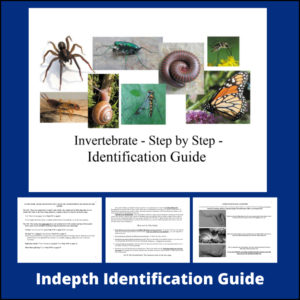 $3.00Buy Now
$3.00Buy NowThis 21 page resource will take students step by step through a guided identification process for invertebrates. This key is designed for 6th – 12th grades.
-
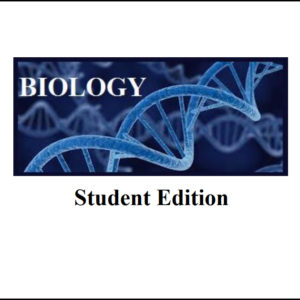 $9.99Buy Now
$9.99Buy NowComplete Biology 1 Curriculum – Student Edition for High School
-
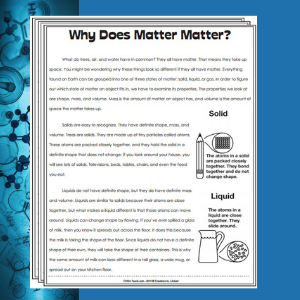 $1.00Buy Now
$1.00Buy NowThis informational text will help define matter and its 3 main stages (solid, liquid and gas). After students read the article, they will be asked comprehension questions to assess their understanding. Answer Key also included.
-
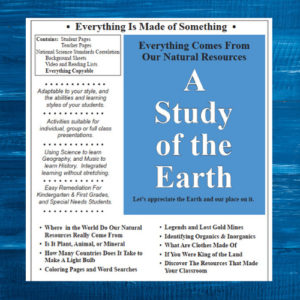 FREEBuy Now
FREEBuy NowThis free curriculum resource is from the Minerals Education Coalition.
-
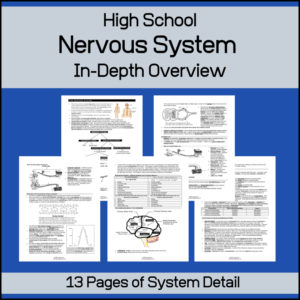 $2.50Buy Now
$2.50Buy NowThis 13 page resource is a very detailed overview of the nervous system and is meant for High School level students.
-
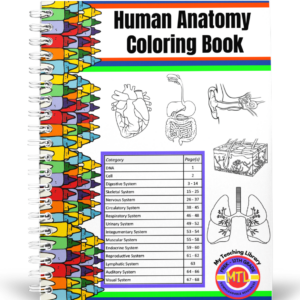 $9.75Buy Now
$9.75Buy NowThis 68-page anatomy coloring book has been designed for 5th-12th grade classrooms (Health, Science, Anatomy, Biology, Physiology).
Categories:
- DNA
- Cell
- Digestive System
- Skeletal System
- Nervous System
- Circulatory System
- Respiratory System
- Urinary System
- Integumentary System
- Muscular System
- Endocrine System
- Reproductive System
- Lymphatic System
- Auditory System
- Visual System
-
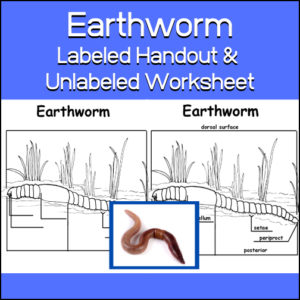 $1.00Buy Now
$1.00Buy NowThe earthworm is an annelid. The annelids , also known as the ringed worms or segmented worms, are a large phylum, with over 22,000 species which includes earthworms, ragworms, and leeches. This resource includes a labeled handout (showing the following parts: mouth, prostomium, clitellum, setae, periproct) and a worksheets for students to label.
-
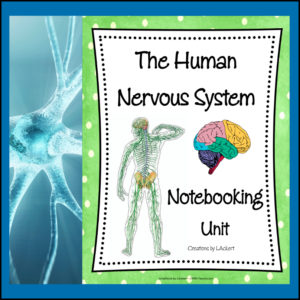 $5.00Buy Now
$5.00Buy NowThis BIOLOGY / HEALTH / ANATOMY / BODY SYSTEMS resource centers around the human nervous system and is a notebooking project unit. This interactive 56 page resource will require students to perform research and can be used independently or along side your curriculum.


